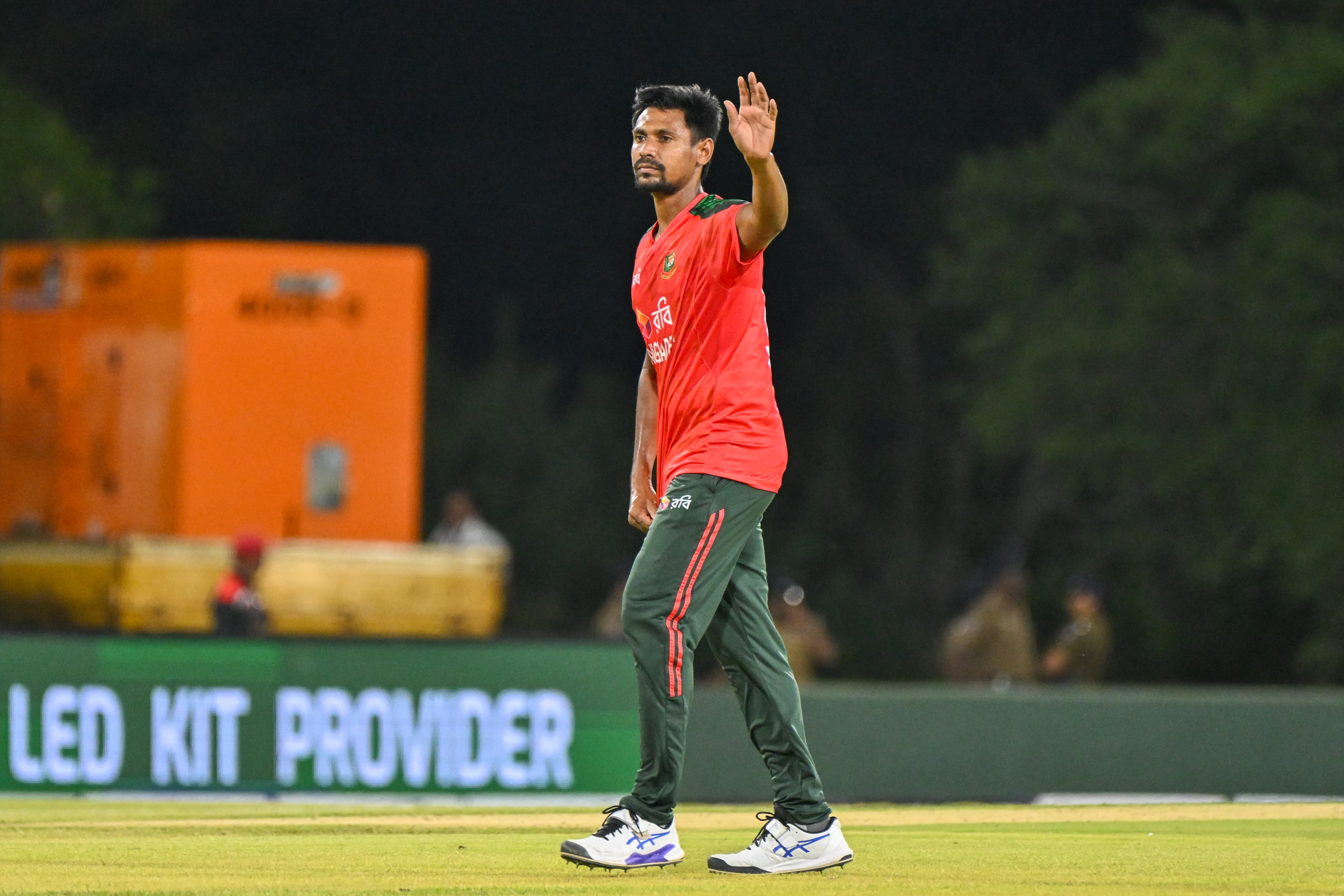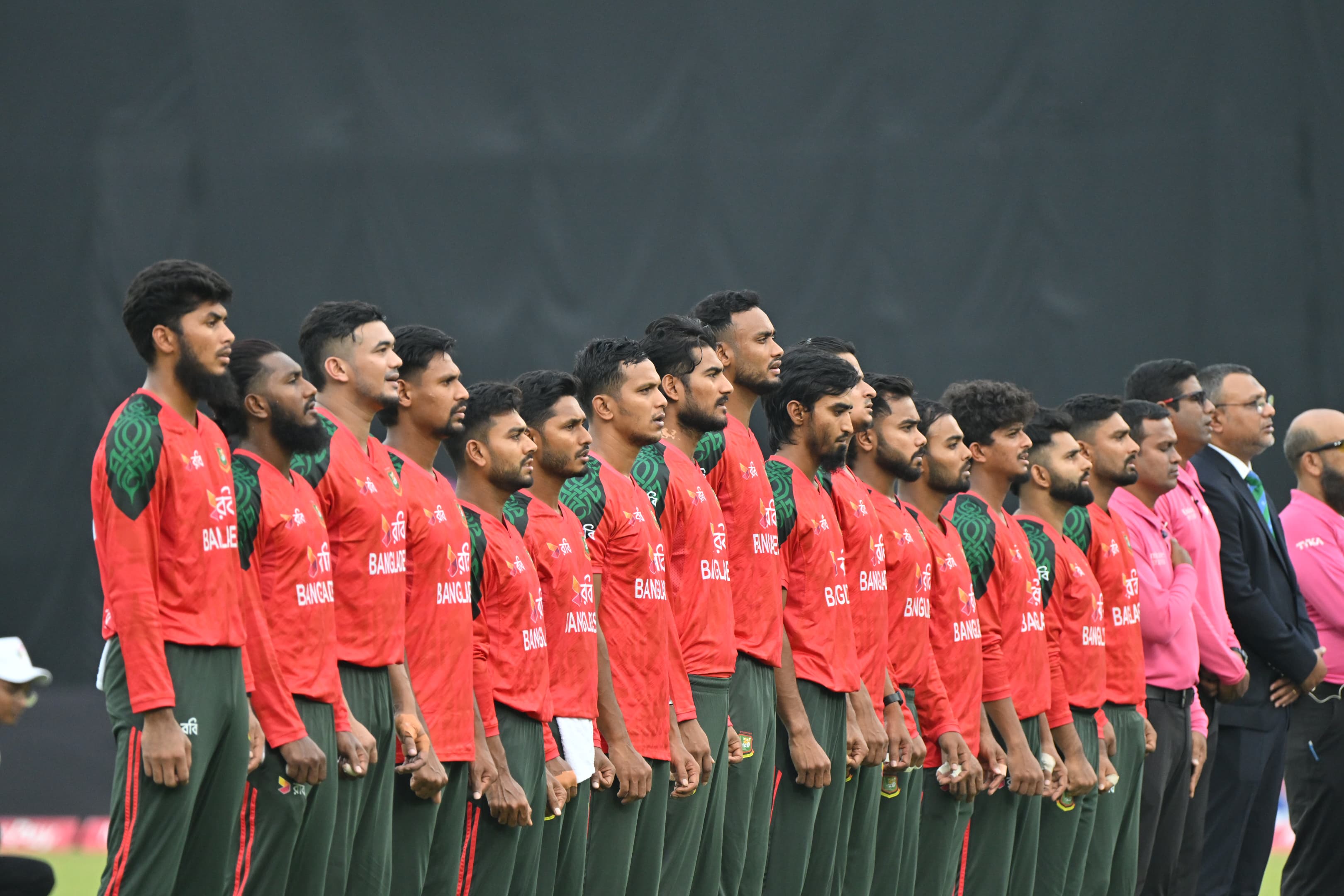Surviving in modern-day cricket would be tough with my strike rate: Dravid

Image : Collected

|| Desk Report ||
Despite having once most- dependable Indian batsman, Rahul Dravid’s current self-apprehension is that he would not have survived in modern-day one day cricket with his strike rate.
The prolific batsman played 164 Tests from where he recorded scores of 13,288 runs with 36 centuries with the strike rate of 41.51. He also played 344 ODIs and amassed 10,889 runs with a strike rate of 71.24.
“I wouldn’t have survived today if I batted the way I did in my days (in the One-day Internationals). Look at the strike-rates today,” said Rahul Dravid, who made a decent run later in T20 format in IPL as well.

He defended his so-called patient style of batsmanship at a videocast with cricketer-turned-commentator Sanjay Manjrekar.
“I saw that as my job and took great pride in it and I tried to do that in the best possible way. That doesn’t mean I didn’t want to bat like Virendra Sehwag and hit those shots but maybe my talent was different. My talent was determination and concentration and I worked on that,” Dravid also said.
“While my strike rate in ODI cricket wasn’t up to the level of Sachin’s or Viru’s but that’s the level that we played at back then. Obviously I can’t compare myself to Kohli or Rohit Sharma because they have blown the ODI paradigm to an all new level. But to be fair I grew up wanting to be a Test player,” he added.
Commenting on the pressure faced by today’s cricketers in the T20 format vis-a-vis the pressure in a Test match, the former Indian captain said, “If you were to talk about the stress levels or pressure of a particular moment, then yes it’s a lot more in T20 format. To get there and hit sixes from ball one, requires practice and skill.”
“But if you’re talking about pressure as a whole, the fact is that you have to play for five days in a Test Match. And I think that is pressure. There is no running away from that. In any other format you can get away, but in a Test match you go out and bat, then you watch you team bat then you watch the opposition bat and you have a lot of time to think. So I think pressure in a Test match is at a different level,” he said, signing off.



![Michael Vaughan [L]](https://cricfrenzy.com/public/storage/images/7-2025/cf_ulWvkNf6.webp)